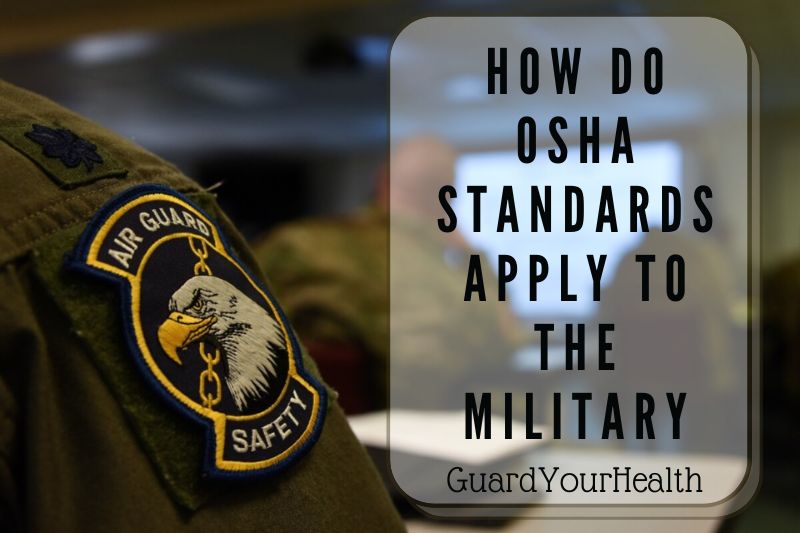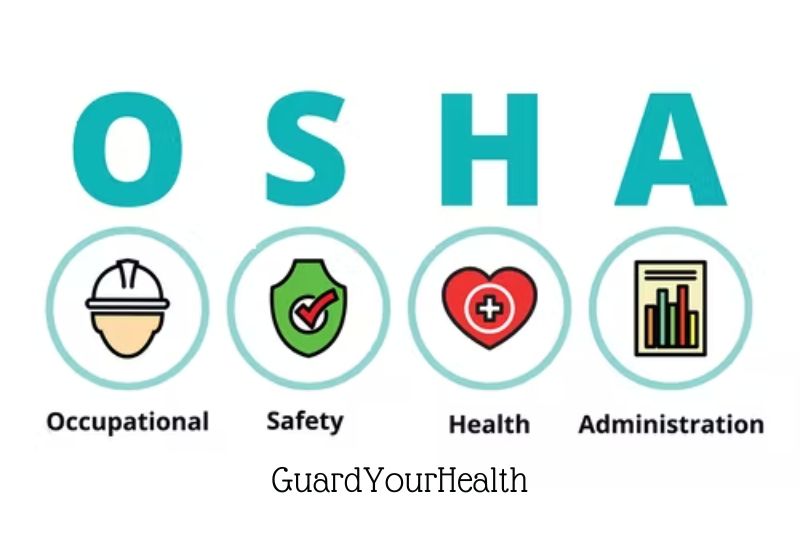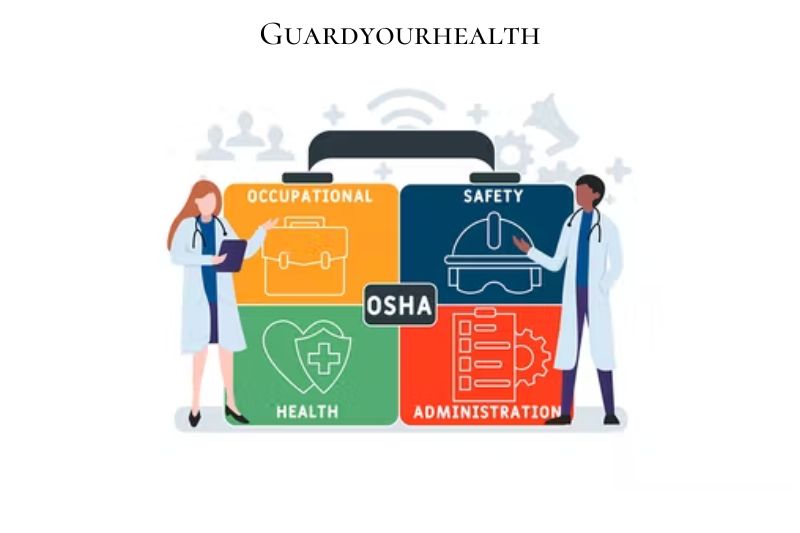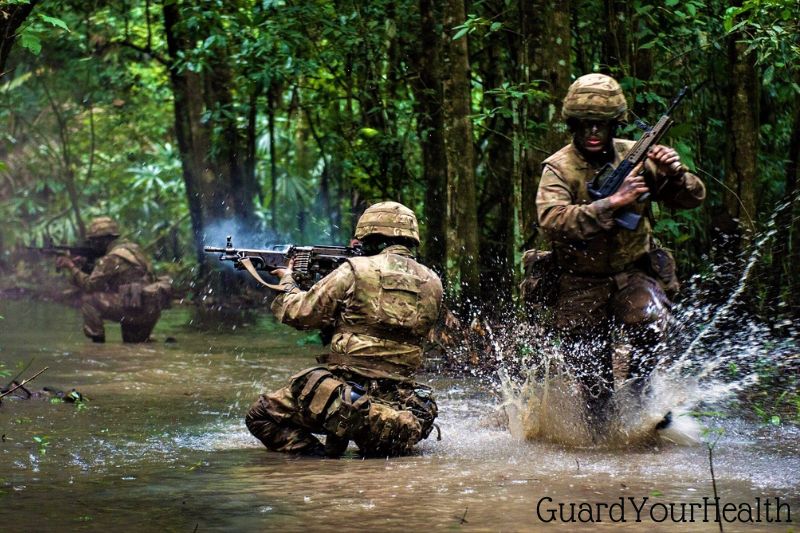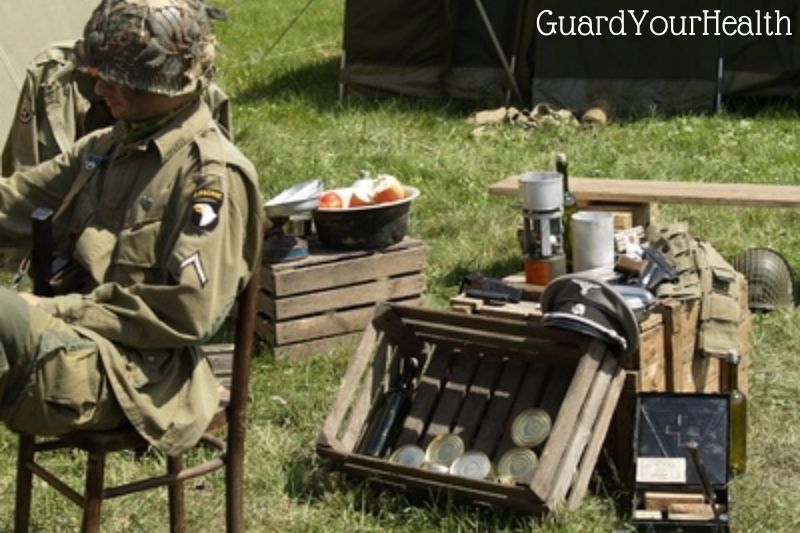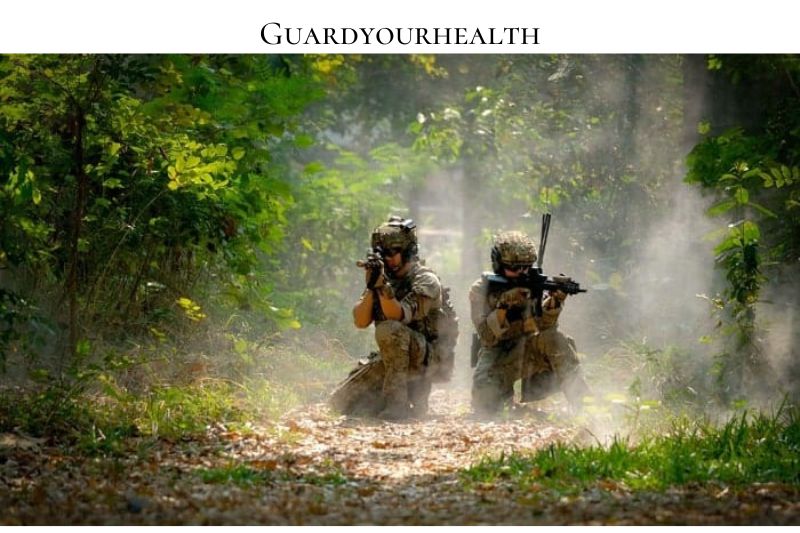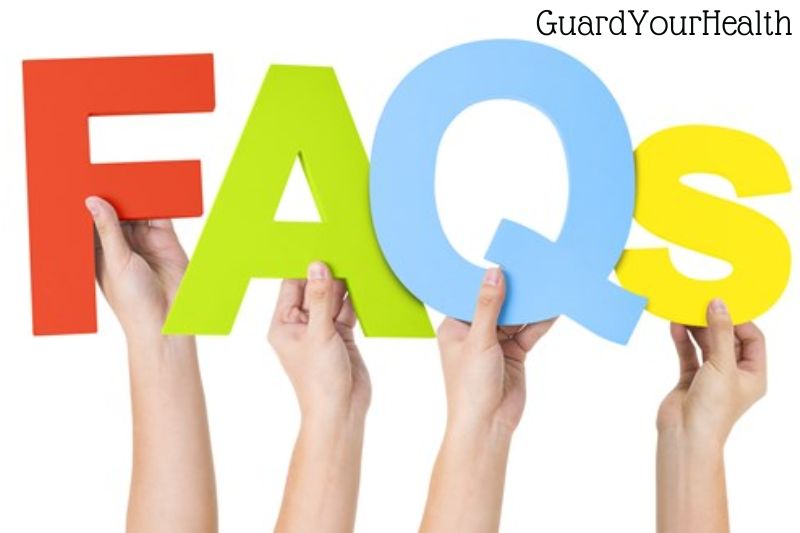The Occupational Safety and Health Administration (OSHA) is a federal agency that sets and enforces safety and health standards in the workplace. OSHA standards apply to all employers in the United States, including the military.
The military is subject to the same OSHA standards as other employers and must take steps to protect workers from hazards such as exposure to hazardous materials, falls, and electrical hazards.
Continuing reading our post to learn more about how do OSHA standards apply to the military?
What is OSHA?
The Occupational Safety and Health Administration is referred to as OSHA. It was created in 1970 due to the Occupational Safety and Health Act to guarantee that workers enjoy a secure and healthy workplace.
What are the OSHA Rules?
Some OSHA guidelines are:
Personal protective equipment must adhere to standards and be free from flaws or damage in order to be used at work. Workers should be taught how to utilize these tools and have ready access to them.
Fire Protection: Standard fire safety equipment, such as fire alarms, sprinkler systems, fire extinguishers, etc., must be installed at workplaces. Once more, the workplace should ensure that these gadgets function.
Machine guarding: To prevent workplace injuries, workers need to have access to machine guards. As harmful machines are frequently utilized in workplaces, this regulation is especially crucial.
Electrical Standards: Offices must ensure that wires are never left exposed and that any damaged cables are replaced right once. Trained professionals must correctly install them. This is done to stop occupational injuries brought on by flames and electrocutions.
How Do OSHA Standards Apply to The Military
OSHA Standards for the Military
Although all companies in the nation must abide by the OSHA standards, there are exclusions for the military.
Except in cases when specific military branches decide to follow OSHA standards independently, no official regulations apply to the military. This is so that military missions will be more likely to succeed if safety is integrated into them.
For instance, as part of the Strategic Partnership Program, the Army has pledged since 2003 to reduce the percentage of fatalities and injuries among civilian workers each year.
Despite being exempt, the Navy and DoD (Department of Defense) have a Hearing Conservation Program that strives to meet or exceed OSHA rules to avoid hearing loss. As a result, studies on noise are frequently undertaken to identify persons who are particularly sensitive to loud noises while working.
From here, strategies are developed to reduce noise and safeguard people. You can anticipate receiving protective hearing equipment and participating in workshops discussing the risks associated with over-the-threshold noises.
OSHA also covers civilian employees who operate on military property. The Coast Guard’s sites where civilians are stationed are subject to detailed OSHA inspections without prior notice.
Additionally, they can examine non-military-specific tools and practices. This refers to tasks that can be compared to those performed in the private sector, such as an office or administrative tasks, construction, healthcare, and vehicle repair.
The issue is that it is not always simple to distinguish these tasks in tangible terms. OSHA laws, for instance, do not apply to operations utilized for national defense that involve designing DoD tools and processes, such as tactical vehicles like tanks and planes, as well as weaponry like missiles and artillery.
Military Personnel Engaged in Non-Military Activities
OSHA laws are relevant when military operations and activities are not exclusively military, even if OSHA does not regulate the health and safety of uniformed military personnel working on those operations and activities.
Generally speaking, when a workplace or activity is equivalent to a private-sector workplace or activity, as judged by the DoD, it is not deemed to be distinctly military. Not specifically military-related activities include office work, medical care, building and construction, and civil engineering.
However, when it comes to the design of DoD systems and equipment that will be utilized for national defense, such as military aircraft, missiles, artillery, tanks, and tactical vehicles, military operations, equipment, and systems are exempt from OSHA requirements.
OSHA Standards as the Minimum
The army has embraced OSHA Standards as the Minimum. As a result, neither military standards nor OSHA laws are preferable to one another.
You must learn about and familiarize yourself with the EM-385-1-1, a guidebook for safety and health regulations created by the USACE or the US Corps of Engineers if you wish to work for the military or want to enter a military contract. This provides in-depth information on personnel training, technological requirements, and accident prevention methods.
Accident Prevention Plans: For every project and each phase of the project, an accident prevention plan must be created, in which potential risks are recognized, and predetermined solutions are provided.
Technical Requirements: Strong emphasis is placed on on-the-job training, where employees are taught to look for hidden dangers rather than just concentrating on the evident problems.
Employee Training: All projects include initial, thorough safety training as well as regular sessions. Safety meetings should be held frequently to review and set goals; they must be held weekly for employees and once a month for managers.
FAQs
How Do OSHA Standards Apply To The Military?
What OSHA regulations deal with the military? OSHA applies to military workplaces and operations, with some military-specific operations being excluded. A reportable accident that satisfies the minimum requirements outlined in the legislation is a recordable accident.
Does The Military Have OSHA?
Employers across the nation are required to adhere to the relevant OSHA rules for their workplace, which an OSHA representative may at any moment inspect. With a few exceptions, the U.S. military is immune from OSHA regulations.
What Is The Regulation That Governs the Army Safety Program?
The Army Safety Program, which applies to all Army personnel and operations, is based on Army Regulation (AR) 385-10. The program organizes safety activities through a methodical and progressive hazard assessment and risk management process to safeguard the force and improve warfighting skills.
What Are OSHA Compliance Requirements?
Respecting all of the OSHA rules that apply to your company is known as OSHA compliance. As a result, there are no significant risks to employees’ safety in the workplace.
Who Is Not Protected by OSHA?
Self-employed workers, members of the immediate families of agricultural employers, and employees whose hazards are governed by another federal agency are among those who are not covered by the OSH Act (for example, the Mine Safety and Health Administration, the Department of Energy, Federal Aviation Administration, or Coast Guard).
What is DA Pam 385-10?
AR 38510 covers the Army Safety Program requirements for Army organizations. This document offers instructions on establishing better safety procedures and processes for the topics covered in this pamphlet.
Conclusion
It is important to know whether you are a current military member or just getting ready to enlist. Guardyourhealth hopes you found this post to be useful.
Please do not hesitate to ask us any further questions if you have any. Or, if you have anything to say about this subject, please share it in the comments. Don’t forget to spread the word about this post to others!

